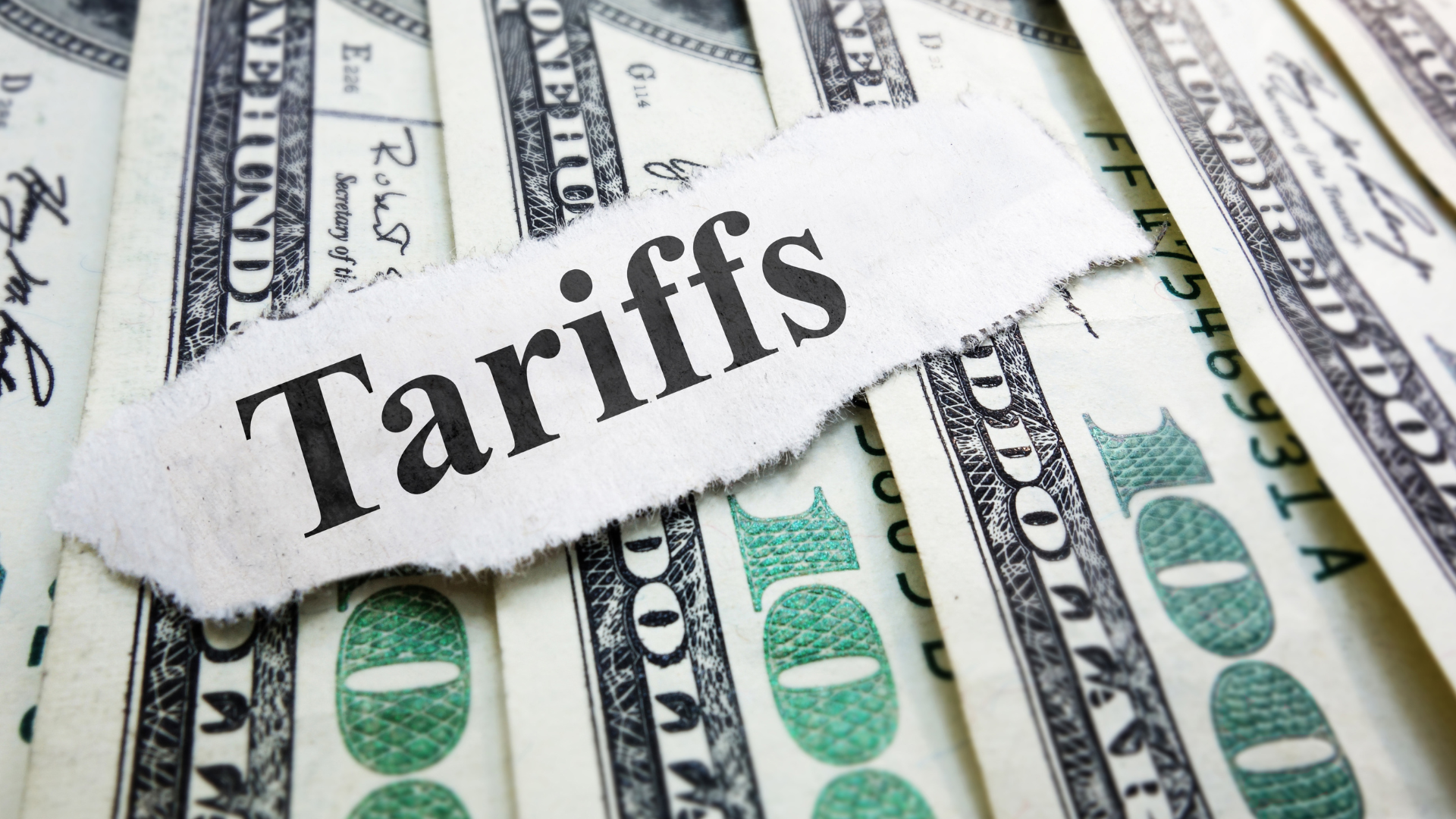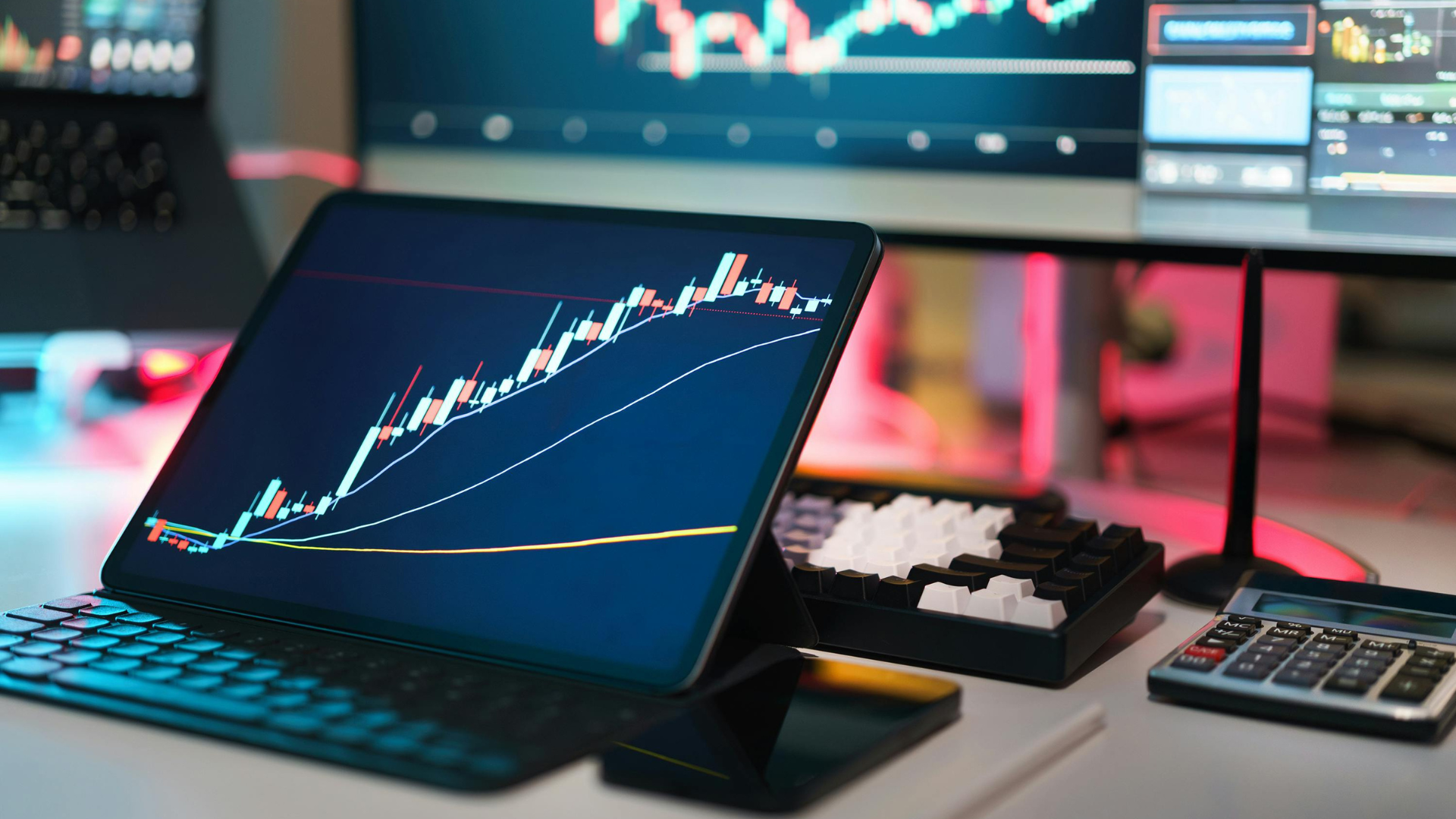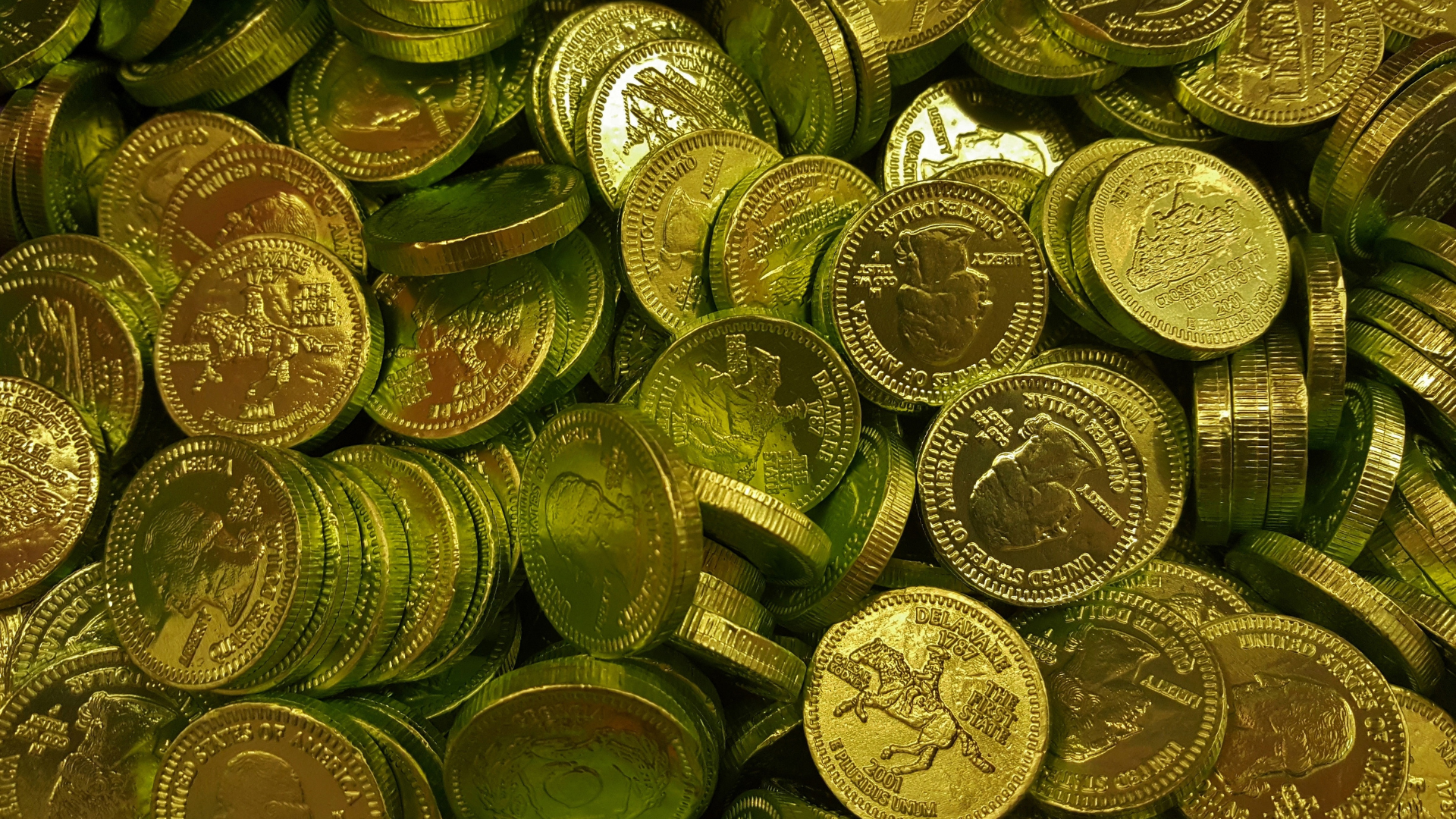Gold is one of the most popular commodities for traders and investors for several reasons:
- It is a tangible asset (used for jewellery, coins, gold bars, etc.)
- There is a limited supply
- It is considered a store of value globally
- It can be used as a hedge against inflation
- It is seen as a safe-haven asset in times of economic or geopolitical uncertainty
- It can be used to diversify a portfolio
- It trades with good liquidity in financial markets
- There are many ways to trade gold, via physical gold, ETFs, gold mining stocks, futures & options, etc.
As the gold price fluctuates, there are different trading and investment strategies that can be adopted to profit from these moves. Before we start, we should mention that the difference between trading and investing is simply timeframe: “traders” hold short-term positions (for minutes, hours or days), while “investors” are longer-term holders (for weeks, months or years).
Gold trading/investment strategies can vary greatly, depending on your timeframe, your trading style, your market outlook, and your risk tolerance. We’ve outlined below a few of the more popular and effective gold trading/investment strategies.
Trend-following or swing-trading strategy
The objective here is to take advantage of medium-term price trends in gold. This often involves using technical analysis to generate trade ideas, holding positions for a few days to a few weeks.
Step 1 is to identify the direction of the trend (or potential trend). This can be done using technical indicators such as moving averages or MACD, or other technical tools such as support/resistance levels and trendlines.
It is sensible to build as much evidence as possible when predicting future price moves, so overlaying your technical analysis with fundamental news should help. For example, news of big global buyers or higher-than-expected global inflation (CPI) can stimulate a potential uptrend in gold. You could also use other technical tools, such as price patterns (triangles, wedges, double tops/bottoms or head-&-shoulders) or momentum indicators such as RSI (Relative Strength Index) or stochastics to refine your analysis and generate buy or sell signals.
One classic long-term strategy is to buy when the 50-day MA crosses above the 200-day MA (“Golden Cross”) and sell when it crosses below (“Death Cross”). This strategy tends to catch the big longer-term trends, but the drawback is that trading signals are lagging, so this strategy gets you in and out of trades late and will most likely lose money in sideways markets.
Day Trading
Day traders are strictly short-term players, entering and exiting positions on the same day, aiming to profit from smaller short-term price fluctuations. There are two distinct approaches for day traders.
- Using macroeconomic news events (such as interest rates, inflation and employment data, etc.) to try to ride the fast moves that can follow this data. Note that US macro news (as opposed to data from other countries) can cause gold price volatility since gold is priced in dollars, so you need to select the relevant macro data items before using this strategy for trading gold.
- Other day traders put less emphasis on macro data and instead focus their attention on charts and technical analysis. This is a more commonly used strategy, since many days may pass without any significant fundamental news to drive the gold price.
For technical traders, short-term charts (1-minute, 5-minute or 15-minute) are popular, and indicators such as Bollinger Bands, RSI and volume analysis can be used to generate trade ideas. Then it’s a matter of looking for short-term breakouts or pullbacks to instigate new trades.
No matter how you generate your trade ideas, it’s vital to set stop-losses to manage your risk during periods of high volatility.
Also note that day trading requires close attention and commitment during trading hours, but the advantage is that no positions are held overnight so you can relax once you’re done for the day – and you can choose to have a day off whenever you want.
Macro Trading/Investing
This strategy involves trading off macroeconomic data and can be used by short-term day traders (see no.2 above) or by longer-term investors. You need to know how different macro data can affect the gold price, so as a general guide, here are the key macro drivers for gold:
- Inflation data (CPI, PCE) – higher inflation → bullish for gold
- US interest rates / Fed policy – higher rates → bullish for USD → bearish for gold
- USD strength/weakness – weaker dollar → bullish for gold
- Geopolitical uncertainty – need for a safe haven → bullish for gold
When using a macro strategy, you can choose to anticipate the news or react to it:
- Anticipate: This involves taking a view on the macro data before it’s announced and positioning yourself ahead of the announcement with predefined risk. This can be risky since it is almost impossible to accurately predict major macroeconomic data releases.
- React: This is by far the most common strategy whereby traders wait for the data to be released and then quickly buy or sell gold as the price starts to react. A popular technique here is to use a Straddle Trade, looking for a breakout from a pre-defined recent range (last hour or two). Just before the data is announced, a stop buy order is placed just above the high of the recent range and a sell order just below to low. For this strategy to work, any breakout from the range needs to keep moving in that same direction for at least a little while to reach your profit target.
Mean Reversion Strategy
The aim here is to profit from the price returning towards an average value. It can be used for gold trading, but this strategy works better in asset classes like forex, where prices tend to mean-revert more often. There are several different technical indicators that can be used (see below) but be aware that these are very simplistic approaches and would need further confirmation from other tools or indicators. Also, this strategy doesn’t work when gold is trending since, of course, it’s then doing the exact opposite of mean reversion!
- Bollinger Bands: Sell when the price touches the upper band and buy when the price touches the lower band
- RSI: Buy when RSI is oversold (below 30%) and sell when RSI is overbought (above 70%)
- Moving averages: Buy when gold is significantly below its long-term average and sell when above
Dollar Correlation Trading
The underlying concept here is that gold is typically inversely correlated with the US dollar. Since gold is a global commodity and is priced in US dollars, if the value of the dollar increases, you will need less dollars to buy an ounce of gold, hence the gold price (in USD) decreases… and vice versa if the USD declines.
So, if you can get an accurate track on the US dollar by analysing the Dollar Index (DXY) and US Treasury yields, you can use this information to enhance your trading of gold.
Don’t forget that the gold price is affected by many other factors (as well as the value of the US dollar), so this inverse correlation may sometimes break down if some other (more important) news becomes more influential in pushing the gold price.
Summary
Gold is a global asset which trades with good liquidity in financial markets, making it relatively cheap and easy to trade via different instruments (physical gold, ETFs, futures & options, etc.).
Many different strategies can be employed, either taking advantage of gold’s safe-haven status, it’s attraction as a hedge against inflation or it’s inverse correlation with the US dollar. Strategies can be based on fundamental or technical analysis, but it’s important to manage your risk at all times to maximise profits while avoiding any uncomfortable losses.





